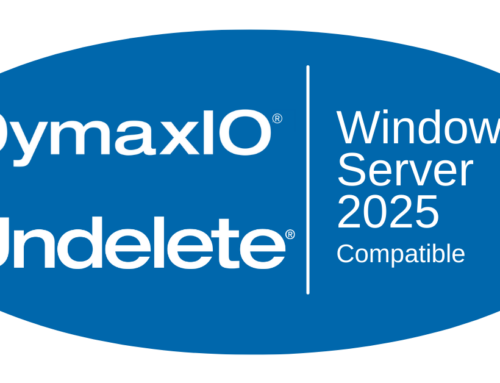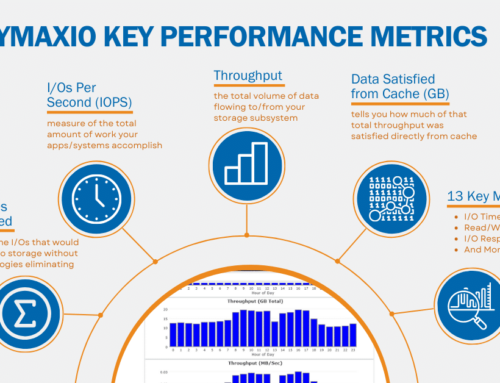Next month Mad Men returns to AMC for its final season. I’ll miss it. The show had some great character development, terrific dialogue, and cool cars. But the set design! Oh the set design. I’m a fan of mid-century modern—the sharp angles, clean lines, and wood tones mixed with bold, primary colors. Don Draper’s New York apartment and the Sterling Cooper offices are the pinnacle of perfectly curated spaces, designed for maximum form and function.
Which brings me to Creative Office Pavilion, a large Boston-based firm of workplace consultants, and the primary US dealer of Herman Miller furniture—the undisputed kings of mid-century modern.
I mention all this as an excuse for my daydreaming. During my call with Robert Del Vecchio, Creative Office Pavilion’s IT Infrastructure Manager, I was imagining conference rooms filled with Eames chairs of every color, wall clocks reminiscent of Sputnik, and enormously awesome lamps casting warm, non-fluorescent light. But Robert had more important issues to discuss, and discuss we did.
Robert’s team supports a large base of business users: designers, mobile CRM users, support staff, accounting, and customer service. But he’s also responsible for tons of data and heavy workload generated by an order entry system, CRM application, Lotus Notes, SQL Server, and hundreds of employees constantly accessing architect drawings, massive PowerPoint presentations, and database files. That’s a lot of Eames chairs, going to a lot of workplaces, including Harvard University’s Innovation Lab and Boston’s Spaulding Hospital.
Sluggishness and poor performance had become a constant problem for his users, and Robert’s team felt the full force of it—spending more and more time troubleshooting and doing storage health checks. So Robert did what any of us would do when faced with mounting pressure and scrutiny.
He Googled. And stumbled across a software solution that seemed to be the answer to his application performance problems, without requiring any new hardware.
What happened next is more exciting than Don Draper after one too many old-fashioneds.
Read the Creative Office Pavilion case study to learn more.






Leave A Comment
You must be logged in to post a comment.